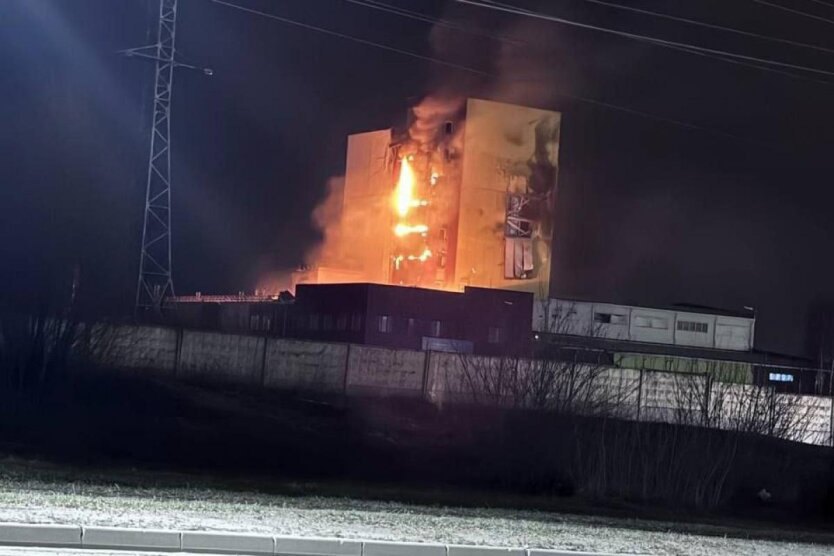
We are not talking about the production of missile casings, explosives or solid fuels, but rather servos and homing head electronics. It doesn’t matter how many bodies you produce – a missile without guidance still won’t fly.
And restoring what has been lost is time-consuming, expensive – and we have no competence – so we have to go around the sanctions and spend our gold and foreign exchange reserves.
Saransk, 4 April – a direct hit to the workshop of Optical Fibre Systems, the only fibre optic manufacturer in Russia. The result is a fire on at least two floors.
Seventy-five kilogrammes of warhead with destructive elements for a compactly located plant with a high degree of automation is not bad – and there are chances that there is minced equipment inside. These are not only drones, but also wires for communication systems, lamps, etc.
Fibre optics from China, shells from Korea, components for Shaheds, and the production of UAVs themselves require currency, oil, gold and food. And in Saransk, everything will have to be dispersed and repaired. The owner of the plant – Gazprom – is already suffering record losses, so water can only make a stone go away.
There is a shortage of explosives in Russia.
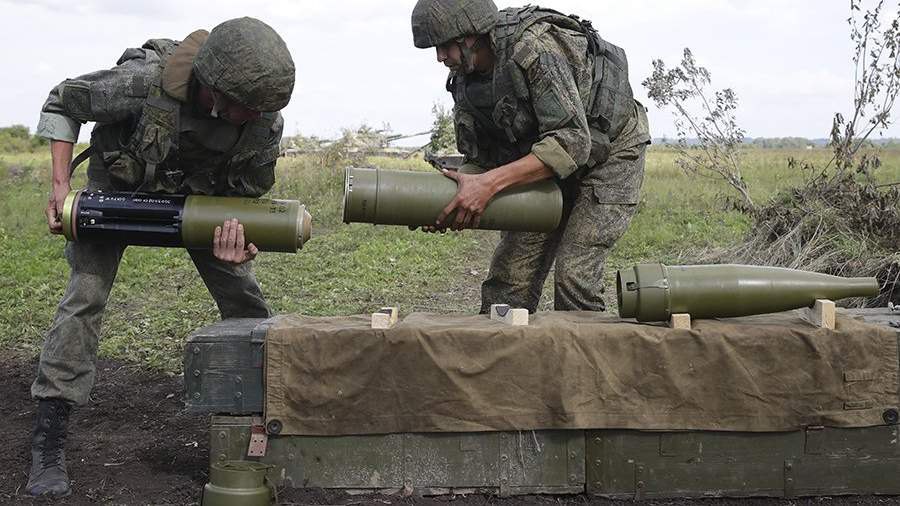
The Main Armoured Vehicle Directorate of the Russian Ministry of Defence recommends using steel and plexiglass “sandwiches” in dynamic protection for tanks instead of standard explosives – the “endless” stocks of Soviet “contacts” have run out.
The Iranian and North Korean shells are also not just for show – even with these supplies, Moscow has not returned to the tens of thousands fired per day it had at the beginning of the invasion.
Therefore, the 5 April attack on the Promsyntez plant in Chapayevsk – Russia’s leading producer of explosives – seems logical. More than 20 flights, three workshops were hit, and traces of fires are visible on commercial imagery. The plant has fallen out of production.
Before that, the Defence Forces attacked plastics, alcohol and acetone production plants in Gatchina and Ufa – all of which are used in military chemicals. In Ufa, the attack was aimed at the largest ammonal production facility; on 9 March, they hit Novolipetsk Metallurgical Plant – and we knocked out the blast furnaces.
In addition, on 31 March, Shaykovka was hit again – the base of strategic and long-range bombers. Objective control confirmed the arrival at the hangar and the visible wreckage of the aircraft, as well as traces of an explosion in the missile warehouse.
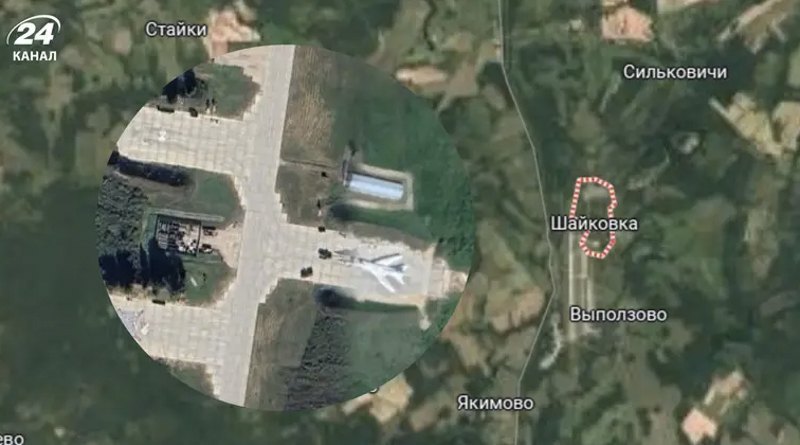
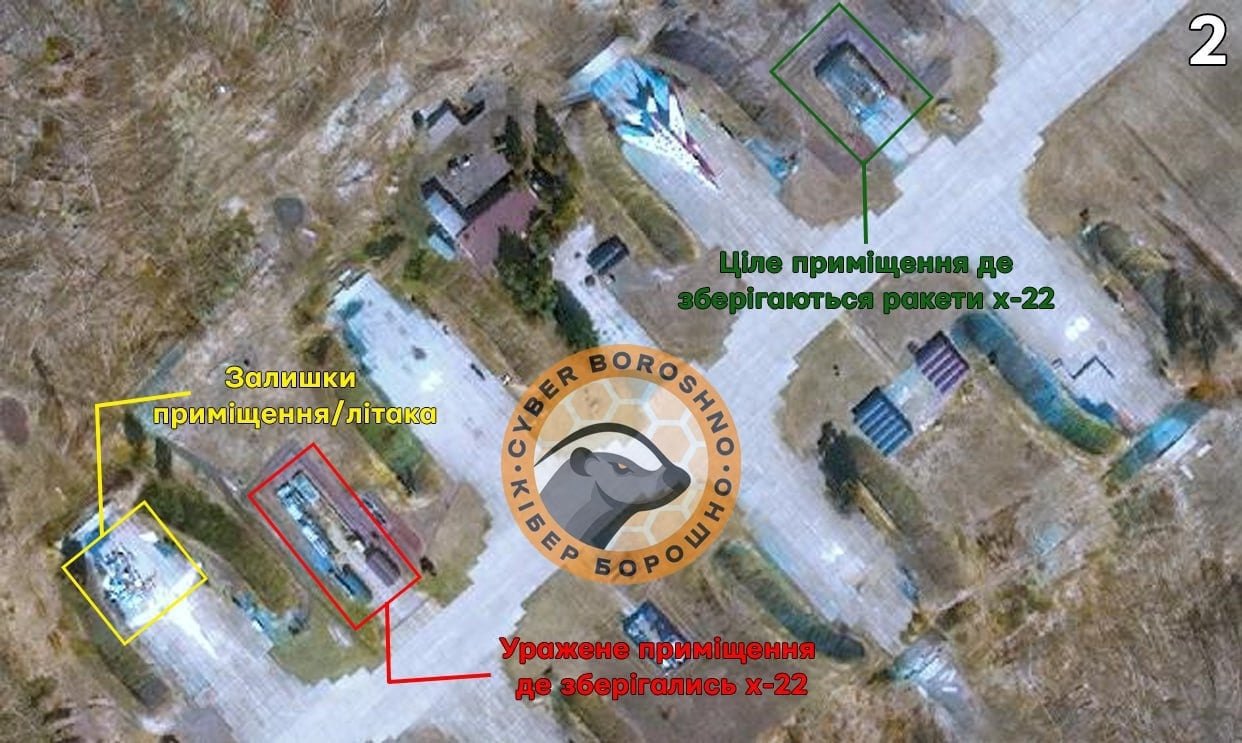
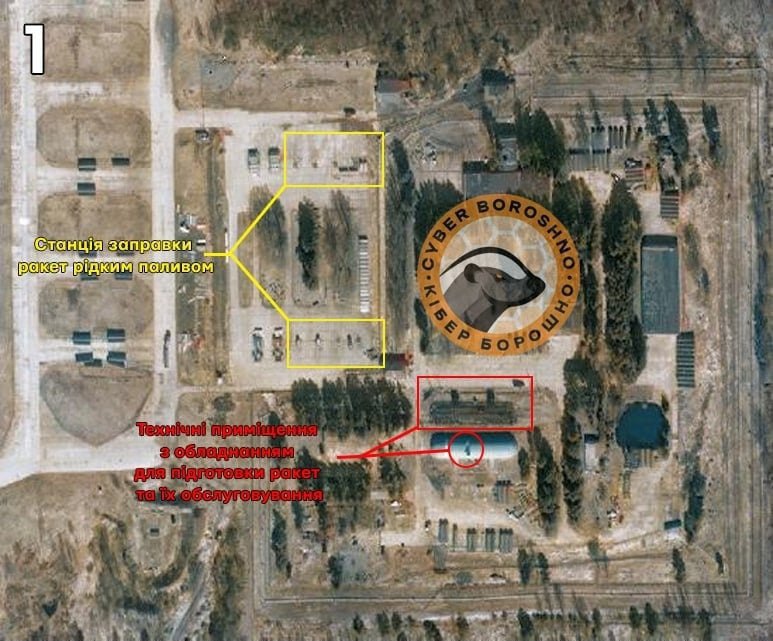
Why is this happening?
We need to grow our defence industry on the steroids of European resources – especially the rich Scandinavian countries, which do not have large armies but have strong economies.
Denmark has an armed force of fewer than 30,000 and a GDP of over $400 billion. For comparison: Pakistan’s GDP is $350 billion and its armed forces number 660,000 – plus nuclear weapons.
Norway, with a GDP of $498 billion, has an armed force of 27,000. Iran – GDP $463 billion, army – more than 600,000, excluding the Islamic Revolutionary Guard Corps.
That’s why our partners came up with the Danish model: rich countries allocate money, and we increase the production of self-propelled artillery systems, long-range drones, missiles and shells – giving the EU time to rearm and build up its ground forces, allowing the Coalition to accelerate drone production, and enabling the rollout of AI on German drones before releasing them not in the number of 10,000, but on a scale the German industry can potentially achieve.
That’s why Norway has provided additional funds for the Czech initiative to buy shells. That’s why the ever-increasing aid from Sweden is not only for air defence, armoured vehicles, boats and self-propelled guns – but also for resources for production within Ukraine.
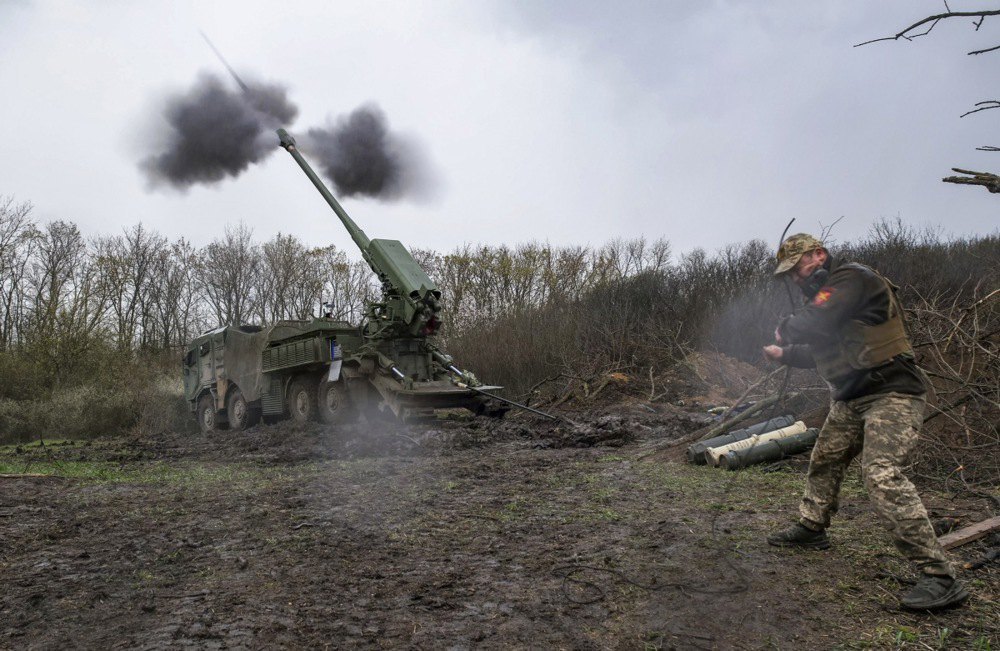
Not least, of course, because these countries are very liberal and pacifist. For them, freedom and democracy are not just empty words – not just an excuse to extort money for helping a victim of a completely unjustified attack.
For Sweden, the collared camps for children in Izyum and the attacks on the playground in Kryvyy Rih are unacceptable. The cannibals in the centre of Europe are unacceptable – conducting purges, filtration and attacks with weapons of mass destruction.
The enemy, for example, attacks with Shaheds from high altitude to increase their chances against helicopter teams, anti-aircraft drones and mobile groups – at the cost of lower accuracy. In other words, it is deliberately sacrificing precision in order to cause any damage to our economy.
So far, we have been able to deliver democracy to Russia in a targeted and painful way.
The Russian Federation’s ability to wage a war of this magnitude is finite.
The Russian Black Sea Fleet has lost a third of its pennants and evacuated the rest to Novorossiysk.
The number of T-90s and other relatively new Russian tanks is not growing in the structure of losses – but there are plenty of T-62s and T-55s. Meanwhile, the number of tanks taken out of storage is constantly decreasing. Last year, it was just over 300 vehicles – due to their donor condition and the lack of vehicles for cannibalisation.
Stalin-era cannons, donkeys, horses and other mules, and assaults on KamAZ trucks are being spotted at the front.
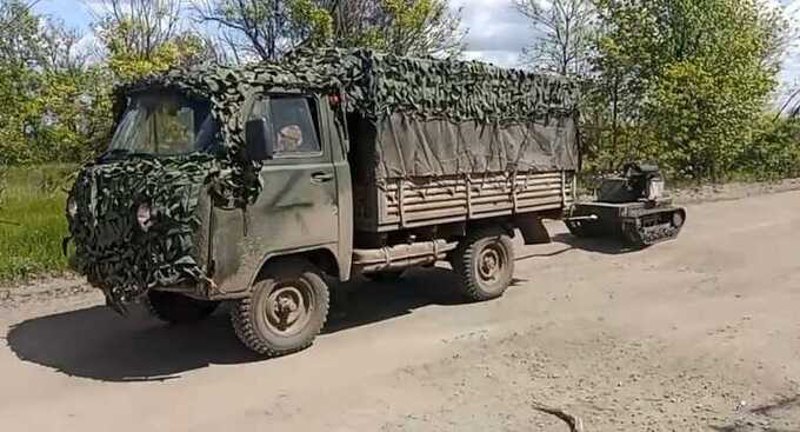
Replacing all this would require huge amounts of money, people and foreign purchases – machines, lines, electronics – which would accelerate stagflation amid a two-week drop in the Moscow Stock Exchange and Russian oil prices falling to $50 a barrel.
This is not to say that the enemy will physically run out of missiles, tanks, armoured personnel carriers and air defence delivery vehicles. But the situation is pulling the Russian ship down – driving it into a spiral from which there is no way out without a crisis.







